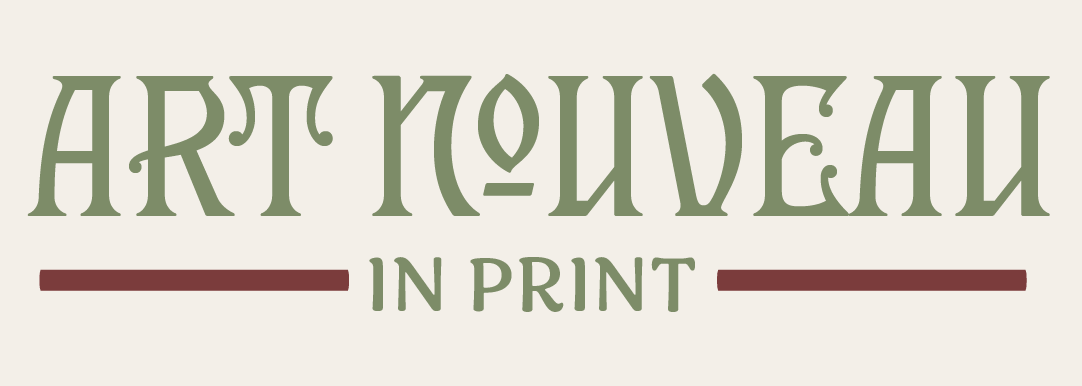

From the 1880s until the First World War, western Europe and the United States witnessed the development of Art Nouveau (“New Art”). Taking inspiration from the unruly aspects of the natural world, Art Nouveau influenced art and architecture especially in the applied arts, graphic work, and illustration. Sinuous lines and “whiplash” curves were derived, in part, from botanical studies and illustrations of deep-sea organisms such as those by German biologist Ernst Heinrich Haeckel (1834–1919) in Kunstformen der Natur (Art Forms in Nature, 1899). Other publications, including Floriated Ornament (1849) by Gothic Revivalist Augustus Welby Northmore Pugin (1812–1852) and The Grammar of Ornament (1856) by British architect and theorist Owen Jones (1809–1874), advocated nature as the primary source of inspiration for a generation of artists seeking to break away from past styles. The unfolding of Art Nouveau’s flowing line may be understood as a metaphor for the freedom and release sought by its practitioners and admirers from the weight of artistic tradition and critical expectations.
Additionally, the new style was an outgrowth of two nineteenth-century English developments for which design reform (a reaction to prevailing art education, industrialized mass production, and the debasement of historic styles) was a leitmotif—the Arts and Crafts movement and the Aesthetic movement. The former emphasized a return to handcraftsmanship and traditional techniques. The latter promoted a similar credo of “art for art’s sake” that provided the foundation for non-narrative paintings, for instance, Whistler‘s Nocturnes. It further drew upon elements of Japanese art (“japonisme“), which flooded Western markets, mainly in the form of prints, after trading rights were established with Japan in the 1860s. Indeed, the gamut of late nineteenth-century artistic trends prior to World War I, including those in painting and the early designs of the Wiener Werkstätte, may be defined loosely under the rubric of Art Nouveau.
Painting styles such as Post-Impressionism and Symbolism (the “Nabis”) shared close ties with Art Nouveau, and each was practiced by designers who adapted them for the applied arts, architecture, interior designs, furnishings, and patterns. They contributed to an overall expressiveness and the formation of a cohesive style.
Although international in scope, Art Nouveau was a short-lived movement whose brief incandescence was a precursor of modernism, which emphasized function over form and the elimination of superfluous ornament. Although a reaction to historic revivalism, it brought Victorian excesses to a dramatic fin-de-siècle crescendo. Its influence has been far reaching and is evident in Art Deco furniture designs, whose sleek surfaces are enriched by exotic wood veneers and ornamental inlays. Dramatic Art Nouveau—inspired graphics became popular in the turbulent social and political milieu of the 1960s, among a new generation challenging conventional taste and ideas.
Taken from the Met Museum of Art- Art Nouveau Article